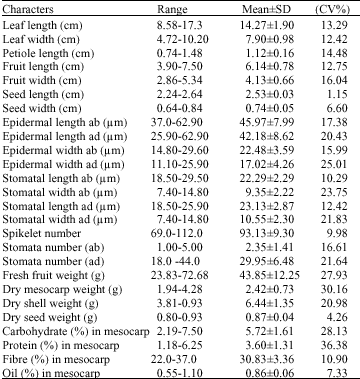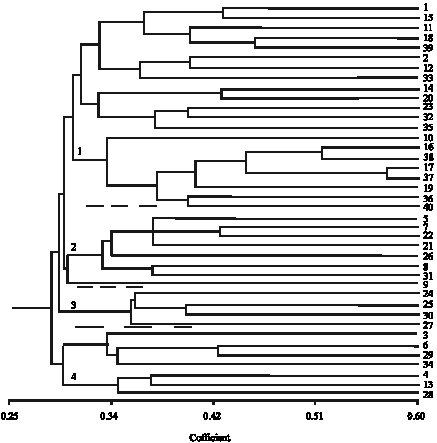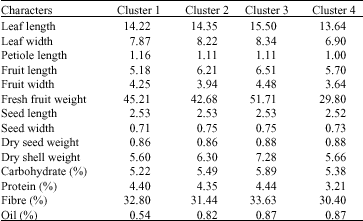Research Article
Phenotypic Diversity in Terminalia catappa from South Western Nigeria
Department of Cell Biology and Genetics, Faculty of Science, University of Lagos, Nigeria
Bayo i Ogunkanm
Department of Cell Biology and Genetics, Faculty of Science, University of Lagos, Nigeria
Lekan Olasan
Department of Cell Biology and Genetics, Faculty of Science, University of Lagos, Nigeria












